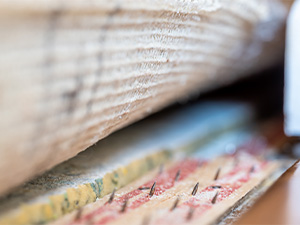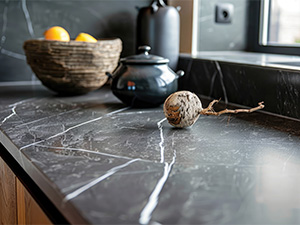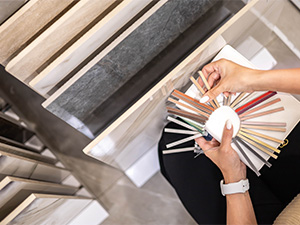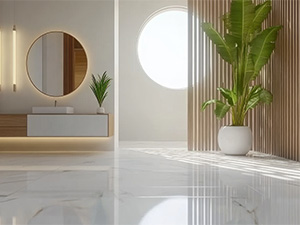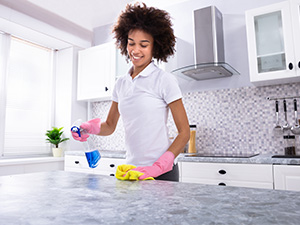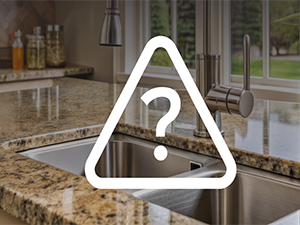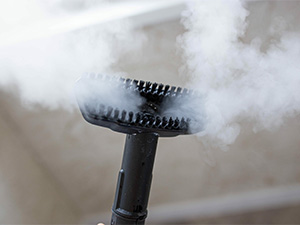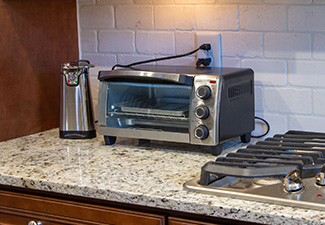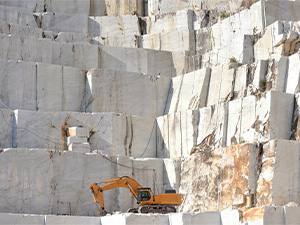Thinking About Ripping Out Your Carpet and Restoring Your Terrazzo Floors? Here’s What You Need to Know
If you’ve discovered terrazzo under your carpet, you’ve stumbled upon a treasure. Terrazzo floors, with their distinctive blend of colorful chips and smooth, glossy finish, can bring timeless beauty to your home. However, uncovering and restoring terrazzo isn’t as simple as yanking up the carpet—it requires careful handling to avoid damage.
Here’s what you need to know before you move forward with the restoration process.
Leave Tack Strip Removal to the Pros
One of the most important steps when removing carpet from terrazzo is dealing with the tack strips—the wooden strips with nails that hold the carpet in place. These strips are often nailed or screwed directly into the terrazzo. If they’re pulled out, they can take chunks of terrazzo with them, leaving behind holes and unsightly damage.
A professional will carefully cut the tack strips flush with the terrazzo surface to prevent damage. This method avoids unnecessary repairs and preserves the integrity of the floor.
Let the Experts Handle Adhesive Removal
In some cases, carpet padding may have been glued down, leaving behind sticky or hardened adhesive residue. Removing this residue requires the right tools and products to avoid etching or scratching the terrazzo surface. Your professional stone restoration contractor has specialized products and techniques to safely and effectively remove adhesive without harming the terrazzo.
Avoid Scratches and Chips
Scraping at residue with metal tools, abrasive pads, or harsh chemicals can cause scratches or even discoloration. Professionals know how to approach terrazzo with the care it requires, using gentle yet effective methods to ensure the surface remains intact and ready for restoration.
Prepare the Space for Restoration
Once the carpet is gone, your restoration team will take the necessary steps to repair, clean, and polish the terrazzo. Before they begin, make sure the room is cleared of furniture and valuables. Restoration work can sometimes produce dust, so you may also want to cover nearby areas and check that air vents are protected.
Terrazzo Repairs Require Expertise
If there are chips, cracks, or holes, your restoration contractor will repair them using materials that match the terrazzo’s color and composition. This process requires precision to ensure the repairs blend seamlessly with the surrounding surface. Attempting to patch these areas yourself with general fillers or patching kits can lead to mismatched, obvious repairs.
Trust the Process
Restoring terrazzo is a multi-step process involving deep cleaning, grinding to remove imperfections, and polishing to achieve that signature high-gloss finish. It may take time, but the result will be stunning, with a floor that looks brand new and shines for years to come.
Ask for Maintenance Recommendations
Once your terrazzo has been restored, your contractor will provide tips for keeping it in pristine condition. Most terrazzo floors do best with a pH-neutral cleaner and regular sweeping or dust mopping to prevent grit from dulling the surface.
Restoring terrazzo after carpet removal can transform your home and reveal a beautiful, durable surface. By hiring a professional to handle every step—from cutting tack strips flush to removing adhesive and polishing—you can avoid costly mistakes and ensure your floors look their absolute best.
If you’ve uncovered terrazzo and are ready to breathe new life into it, reach out to your stone PRO to guide you through the process and bring out the full potential of your floors.
By Fred Hueston. This article is one of a series of articles written and published on behalf of Surface Care PRO Partners.

